Data Science in a Bank: The Next Best Offer
In this month's blog post, we are going to share a case study based on a project we did for one of our clients – a Slovak bank.
By now, most financial institutions have been familiar with data analysis for some time. One use case for example is credit scoring. Money lenders, such as banks and credit card companies, have been using it for a couple of decades now to evaluate the risk of lending money to consumers and to mitigate losses. However, the recent arrival of new technologies and the rise of machine learning and Data Science brought along many new opportunities.
Banks have realised that their clients are much more than a sum of loans and deposits. This change was also driven by the emergence of open source technologies like Python or R, which are nowadays the state-of-the-art technologies in fintech. Suddenly, there was a space for different use cases besides credit scoring. We are talking churn prediction, customer segmentation, the next best offer, or customer value management (if you are not sure what these terms mean check out the explanations below this article).
Now for our use case:
The problem: A client's pain
Our client has a diverse portfolio of customers and products (e.g. checking accounts, savings accounts, consumer loans, mortgages, check books, etc.). A lot of their customers are still most easily and efficiently reached in a traditional way – by post.
The client’s cross-selling campaigns (those with an aim to sell a different product to an existing customer) consisted of sending out tons of letters, but the response rates were hardly achieving 1.5%. In the meanwhile, all data collected about these letter-campaigns was just lying around untouched. This presented a huge opportunity for our client.
The first concern was the money wasted on campaigns which didn't have the desired effect. However, a much larger problem was the lost opportunity cost. Talking to customers about offers that are not interesting for them is not nearly as bad as not talking to them about the offers that actually are interesting for them.
Talking to customers about offers that are not interesting for them is not nearly as bad as not talking to them about the offers that actually are interesting for them.
Our approach: The next best offer
We used all the available data about the customers and the past results of the campaigns to train machine learning models to optimize the delivery process. For each product, we created a separate machine learning model. In the end, each client was assigned with 7 scores which represented the likelihood of a client being interested in a given product.
We used this opportunity to introduce some advanced machine learning techniques. We tried various methods and in the end used XGBoost for the final models. Everything was done in Python and for the bank’s employees, this was the first experience with this programming language.
Upon delivery: The client's gain
We delivered an automated process that scores all the clients based on the probabilities of buying specific products. The scores are directly passed on to the marketing team. The whole process runs in Python and is completely independent of any previously existing infrastructure the bank had in place. As a result, the response rate of the campaigns increased by more than 90% in the first half of 2018 compared to the same period in 2017. Thanks to machine learning, our client is saving thousands of Euros from the marketing budget and their customers are happier because their mailboxes are free of unwanted advertising.
And the next step is...
While this project was a success, we are not going to stop there. There are still many other areas within the bank that can be improved. Currently, we are working on multiple projects in the areas of marketing, product insights, and credit scoring. Although each new project is different, there are some common processes. We always begin with an Opportunity Analysis and only after we can see that satisfying results and improvements can be achieved, we move on to the implementation phase. This way, we mitigate the risk of spending our clients’ money on dead-end projects.
Do you have some data lying idly around?
Data science in Fintechs – terms explained
Churn Prediction
Helps you detect customers who are likely to cancel a subscription, product or service. You can learn more about predicting churn in our previous article.
Credit Scoring
A credit score is a number the lenders use to make decisions about customer's loan application.
Customer Segmentation
Is the process of dividing customers into groups based on common characteristics so companies can market to each group effectively and appropriately.
Customer Value Management
Customer value is a score that indicates how important the client is for a company and how much value he brings. Using that, they can prioritize if something important is happening to them.
The Next Best Offer
Refers to the use of machine learning to identify the products or services your customers are most likely to be interested in for their next purchase.

